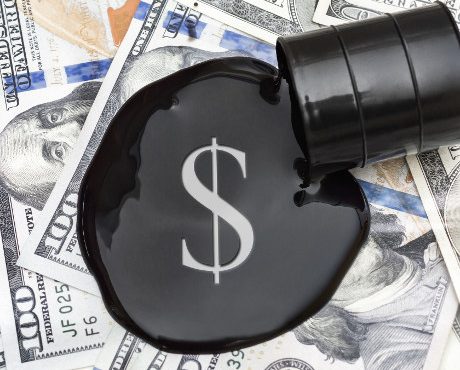A Top Dividend Growth Stock to Consider
Today’s chart highlights one of my favorite stocks in the energy sector, Spectra Energy Partners, LP (NYSE:SEP).
Unless you have been living under a rock, you’ll have noticed the massive downturn in oil and gas prices over the last couple of years. As a result, many energy companies are still deep in the doldrums. Production cuts, layoffs, and dividend cuts have not been uncommon.
And that’s exactly what makes Spectra Energy special. The partnership was formed in 2007, meaning it has gone through both the Great Recession and the recent commodity price downturn. And yet it has an impeccable track record of raising its payout to investors.
Spectra Energy Partners, LP Distribution History
Source: “Distribution History,” Spectra Energy Partners, LP, last accessed February 7, 2018.
Consider this: in 2008, Spectra Energy Partners paid total distributions of $1.34 per unit. In 2017, the amount had grown to $2.83 per unit. That’s an increase of over 110%.
Also Read:
SEP Stock: A Dividend Growth Stock from the Energy Sector?
From the chart, we saw consistent annual increases in SEP stock’s distributions, but the reality was actually more impressive than what the chart suggests. This is because while most companies would be proud to raise their dividend just once a year, Spectra Energy has been doing it every quarter. In fact, the cash distribution of $0.72625 per unit paid in November 2017 marked the partnership’s 40th consecutive quarterly payout increase.
Just think about it: when other energy companies were laying off workers by the thousands, Spectra Energy still managed to deliver pay raises to its unitholders every three months.
But to be honest, I’m not really surprised. Spectra runs an amazing business that’s well positioned to prosper through commodity cycles.
You see, despite being in the energy sector, Spectra has no exploration or production business. Instead, the partnership focuses entirely on providing midstream services, such as transporting and storing energy products. With over 15,000 miles of transmission pipelines, 170 billion cubic feet of natural gas storage, and 5.6 million barrels of crude oil storage, the partnership helps connect growing supply areas to high-demand markets for natural gas and crude oil. (Source: “Third Quarter 2017 Supplemental Slides,” Spectra Energy Partners, LP, last accessed February 7, 2018.)
The neat part about Spectra Energy’s midstream operations is that the business is fee-based and primarily backed by long-term contracts. In fact, more than 90% of the partnership’s revenue comes from fees that reserve capacity on its pipelines and storage terminals. This allows the partnership to generate stable cash flows through thick and thin. And thanks to embedded annual rate escalators in some of its long-term contracts, the cash flow can keep increasing.
Indeed, according to Spectra Energy’s most recent earnings report, the company generated $398.0 million in distributable cash flow in the third quarter 2017, a substantial increase from the $313.0 million earned in the year-ago quarter. Management expects full-year distribution coverage to come in at the high end of its previous guidance range of 1.05 times to 1.15 times. (Source: “Spectra Energy Partners Reports Third Quarter 2017 Results and Announces 40th Consecutive Quarterly Cash Distribution Increase,” Spectra Energy Partners, LP, November 1, 2017.)
And the best could be yet to come. Management said that for full-year 2018, they expect to grow SEP stock’s per unit distribution rate by approximately seven percent from 2017 while maintaining a distribution coverage ratio of 1.1 times to 1.2 times. For 2019 and 2020, the partnership’s cash distributions are expected to grow by another four to six percent annually. (Source: “Spectra Energy Partners, LP Announces 2018 Guidance, Long Term Financial Outlook and Receipt of Offer to Eliminate Incentive Distribution Rights,” Spectra Energy Partners, LP, November 29, 2017.)
Because of the partnership’s rock-solid business and management’s willingness to grow its payout, investors purchasing SEP stock today will likely collect a much higher yield on cost in the years to come.
